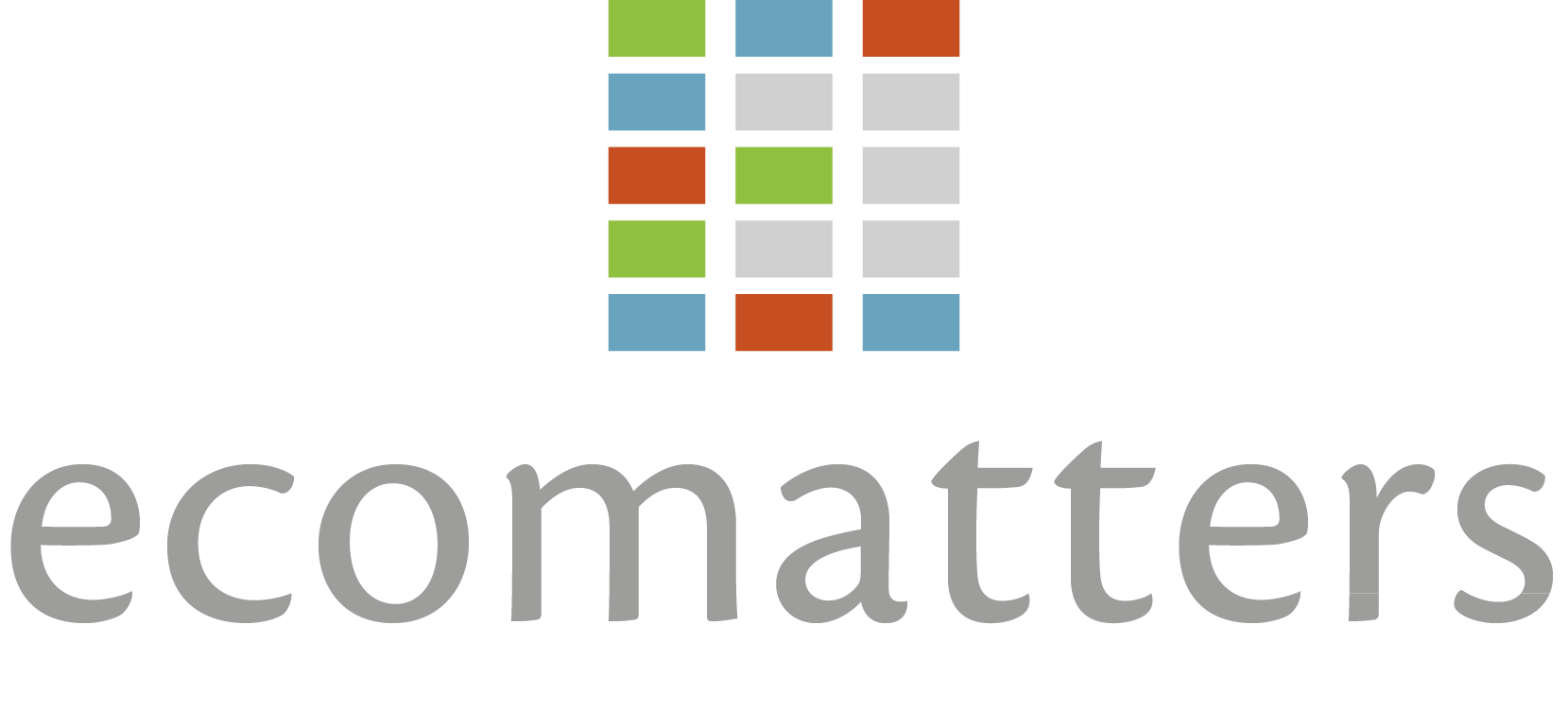The Science Based Targets initiative (SBTi) has launched sector-specific guidance to support industries with setting emission reduction targets aligned with the 1.5°C climate goal. Given the steel industry’s significant carbon footprint, around 7% of global CO₂ emissions, this guidance is a critical step toward a net-zero future.
As of August 2023, the SBTi’s steel sector guidance is mandatory for companies submitting or resubmitting targets. It enables steelmakers to set credible, science-based, near- and long-term, climate targets using a Sectoral Decarbonisation Approach (SDA).
Key takeaways from the SBTi steel guidance
- Dual-target structure: Companies must set both near-term targets (5–10 years) and long-term net-zero targets by 2050.
- Scrap-input-dependent SDA: The decarbonisation pathway is tailored to a company’s share of scrap vs. ore-based inputs.
- Full emissions coverage: Targets must include Scope 1, Scope 2, and key Scope 3 categories, both upstream and downstream.
What are the key considerations for setting SBTi targets in the steel sector?
1. Scope 1 and 2 target setting
All emissions within the iron and steel core system boundary, as defined by the SBTi, must be addressed. This includes:
- Emissions from sintering, blast furnaces, basic oxygen furnaces, and electric arc furnaces (EAFs).
- Purchased energy used in EAFs and other processes.
- Emissions from purchased intermediates such as hot briquetted iron (HBI), pellets, oxygen, and coke.
Integrated producers, who manage all stages from raw materials to final steel, and non-integrated producers, who buy and sell intermediates, must report emissions using a consistent emissions accounting system.
2. Scope 3 target setting
Steelmakers must set Scope 3 emission reduction targets if their indirect emissions account for 40% or more of their total emissions. Requirements include:
- Category 3 (fuel- and energy-related emissions) must be covered.
- Emissions from purchased goods (e.g. merchant iron) and sold intermediate products must be included.
- At least 67% of total Scope 3 emissions must be addressed.
Inclusion of ferroalloy-related emissions is recommended, particularly for stainless or high-alloy producers.
3. Scrap-input-dependent decarbonisation
SBTi introduces a customised decarbonisation pathway based on scrap content:
- The more scrap-based input, the lower the required emissions intensity.
- Companies must report scrap ratios annually.
- Target wording must reflect dependence on scrap share.
This model encourages circularity and fair benchmarking across diverse production methods.
4. Technology transition and disclosures
Although not mandatory, SBTi recommends disclosing plans for:
- Investment in breakthrough technologies (e.g. hydrogen-based direct reduced iron (DRI), carbon capture and storage (CCS)).
- Transition to renewable electricity.
- Strategies for material efficiency and design improvements.
Clear communication strengthens the credibility of targets and increases stakeholder confidence.
5. GHG accounting and consistency
Companies must:
- Use the GHG Protocol and the Steel Target-Setting Tool provided by SBTi.
- Report absolute emissions and scrap ratios annually.
- Avoid “scope shifting” by including emissions from procured intermediates within the core system boundary.
“Scope shifting” is the artificial lowering of Scope 1 emissions by outsourcing or purchasing intermediates like HBI, pig iron, coke, etc., instead of producing them in-house.
To prevent this, the SBTi requires companies to include emissions from purchased intermediates within their core boundary calculations and report on these emissions as if they were generated internally (even if they’re technically Scope 3).
This avoids a loophole where one company shifts emissions to another by buying rather than producing intermediates.
Our services for steelmakers setting science-based targets
Ecomatters helps steel companies set, implement, and validate SBTi-aligned climate targets through:
- Strategic advisory: Guidance with applying SDA pathways tailored to your production profile and scrap share.
- GHG emissions calculations: Scope 1, 2 & 3 accounting aligned with the iron and steel core boundary.
- Target development and validation: Support with preparing target documentation and using official tools.
- Technology transition consulting: Insights into integrating green hydrogen, CCS, and circular feedstocks.
If you are interested in finding out more about how Ecomatters can support you, plan a call with one of our experts or contact us.
Related Services
Contact us
Brienne Wiersema
Mieke de Jager
Find out more
Science-based targets (SBTi) has been developing sector-specific guidelines to facilitate the adoption of science-based targets across various industries, including apparel,…
Call with our consultant
Do you want to know more about how we can help? Schedule a call with one of our consultants to ask your questions.



